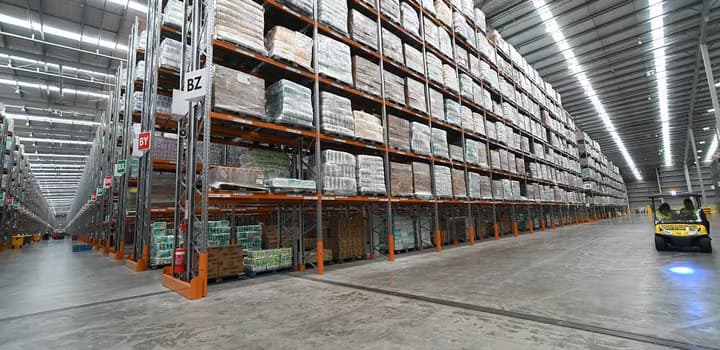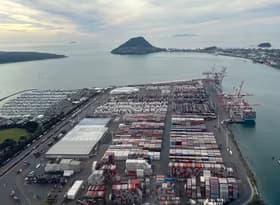Costs from grocery suppliers to supermarkets increase 2.2%pa in July

The pace of supplier cost increases to Foodstuffs supermarkets quickened again last month, with the Infometrics-Foodstuffs New Zealand Grocery Supplier Cost Index (GSCI) showing an average 2.2% increase in what suppliers charged in July 2025, compared to a year earlier.
“The pace of supplier cost increases has become slightly faster in the last few months, reflecting a number of key products seeing larger cost increases due to higher global food prices, like for dairy, meat, and chocolate products,” said Infometrics Chief Executive and Principal Economist Brad Olsen.
The Infometrics-Foodstuffs New Zealand Grocery Supplier Cost Index (GSCI), commissioned by Foodstuffs New Zealand, measures the change in the list cost of grocery goods charged by suppliers to the Foodstuffs North Island and Foodstuffs South Island co-operatives. The Index utilises detailed Foodstuffs NZ data across over 60,000 products the Foodstuffs co-ops buy to stock in their 500+ stores, making it the largest dataset of its type in New Zealand, to give a real-time view on supplier cost changes.
Every month, the Index tracks what it costs supermarkets to buy the goods to put on the shelf. Previous analysis shows that supplier costs are the major component of supermarket prices, representing two-thirds of the on-shelf price.
Supplier costs rose across all departments in July, year on year. “Butchery cost increases accelerated considerably, rising 2.1%pa in July after rising 1.2%pa in June. Beef and lamb prices rose across the board, particularly for steak, mince, and roasts as global meat prices raise domestic meat slaughter prices,” said Mr Olsen. “Higher fish fillet costs also pushed seafood department costs higher. Other notable cost changes include higher chocolate, toilet paper, and paper towel costs, although lower cauliflower, broccoli, and capsicum costs were also recorded.”
Month on month, just over 3,000 products increased in cost from June to July 2025. “This monthly total is down on the sharply higher June month result, but is larger than expected, given timing differences meant we expected a more subdued number of changes in July,” said Mr Olsen. “The number of chilled food item cost increases was the lowest in about a year, after a few months of elevated cost increases, but butchery cost increases were notably higher in July. Continue strong export demand for protein is still pushing up prices, exacerbated by lower supply domestically at this time of the year.”
“The slightly accelerated pace of cost increases doesn’t appear to be spreading to a wider range of items, and is instead more concentrated to a number of key products. These conditions are quite different from a few years ago when there were widespread, persistent, and large cost increases across a wide variety of products. Lower input costs in some areas are supporting less intense cost gains, for example for produce, but higher international costs continue to be a dominating influence for general cost trends.”
ENDS
Note:
The Infometrics-Foodstuffs New Zealand Grocery Supplier Cost Index (GSCI), commissioned by Foodstuffs New Zealand, measures the change in the list cost of grocery goods charged by suppliers to the Foodstuffs North and South Island cooperatives.
List cost refers to the cost suppliers charge retailers before trade spend is applied; trade spend being any form of discount provided by a supplier to allow their goods to be discounted.
The Index utilises detailed Foodstuffs NZ data, across over 60,000 products, analysed by independent economics consultancy Infometrics to produce the GSCI and publish it on a monthly basis. For more details see www.infometrics.co.nz/product/grocery-supplier-cost-index.
- Foodstuffs NI Distribution Centre by Foodstuffs NZ. Copyright 2021.
 Brad Olsen
Brad Olsen

